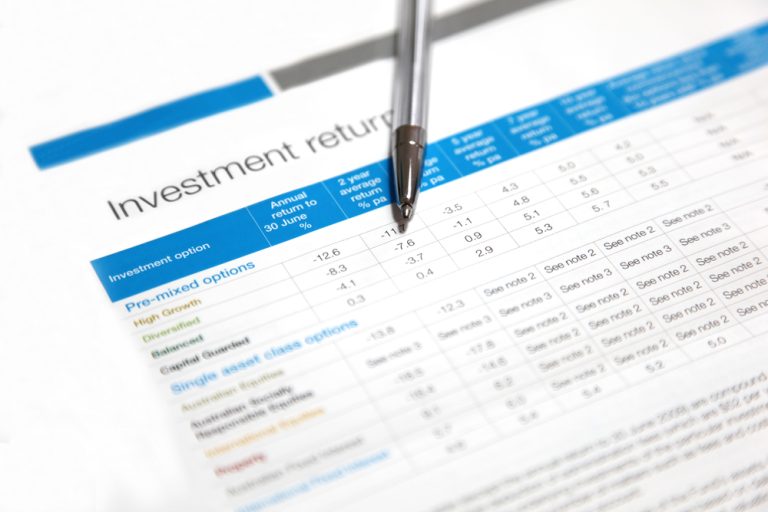The ‘what, why and how’ of contributing to super
Despite frequent changes to its governing rules, superannuation remains, for most people, a tax-effective environment in which to save for retirement. Here’s a quick Q&A on the ‘what, why and…

Despite frequent changes to its governing rules, superannuation remains, for most people, a tax-effective environment in which to save for retirement. Here’s a quick Q&A on the ‘what, why and…

Superannuation statements. Boring, right? But if, like many people, you toss your annual super statement in a drawer or hit delete, you could be depriving yourself of many thousands of…

Who decides what happens to your superannuation savings when you die? You may think that you do, but that isn’t always the case. The ultimate decision may be made by…

Employment surprise JobKeeper was a cornerstone of Australia’s response to the coronavirus pandemic. It provided millions of Australians with an ongoing income and kept thousands of businesses afloat, so when…

Some people may think that a financial adviser’s role is to forecast the direction of the share market from month to month and invest clients’ money accordingly. This is not…

Many Australians caught in the nine-to-five grind of working for a living, dream of the possibility of taking early retirement and spending their days travelling or playing golf or doing…

While it’s easy to be discouraged by superannuation and fear you will never have enough money saved to stop working, remember even a modest superannuation balance can make a big…

For most Australians, their 60s is the decade that marks retirement. For some this means a graceful slide into a fulfilling life of leisure, enjoying the fruits of a lifetime…

If 50 really is the new 40, then life has just begun. The kids are gaining independence or may have left home, and the mortgage could be a thing of…

Typically your forties is a time of established careers, teenage kids and a mortgage that is no longer daunting. There are still plenty of demands on the budget, but by…

If you are in your 30s, chances are life revolves around children and a mortgage – not super. And as much as we love our kids, the fact is they…

Superannuation is for the oldies, right? In some ways that’s true, but even in your twenties there are good reasons to take a bit more interest in your super. The…

The run-up to Christmas is usually a hectic time. Aside from the shopping and Christmas parties, there are deadlines to meet, loose ends to tie up and, for many farmers,…

While women earn less and spend less time in the workforce than men, sharply reducing their super contributions throughout their working lives, there are some simple steps women can take…

Once your mortgage and other financial commitments are manageable, it is usually time to put the pedal down on your super. Those prime income years, between age 40 and 50…

If you have had different jobs with different employers over your working career you will probably have superannuation accounts in many different funds. Apart from the time it takes to…

Thousands of Australians receive tax refunds every year. Some refunds won’t even cover the cost of a pizza to celebrate, however many are quite substantial. If you’re one of the…

Since the Australian Government introduced compulsory employer contributions to people’s superannuation funds in 1992, Australia’s funds invested in super have grown to $3 trillion. In this time, self-managed super funds…

There isn’t a single person in the world who hasn’t been impacted by COVID-19. As new case numbers start to slow in Australia, so too is our economy. This time…
End of content
End of content